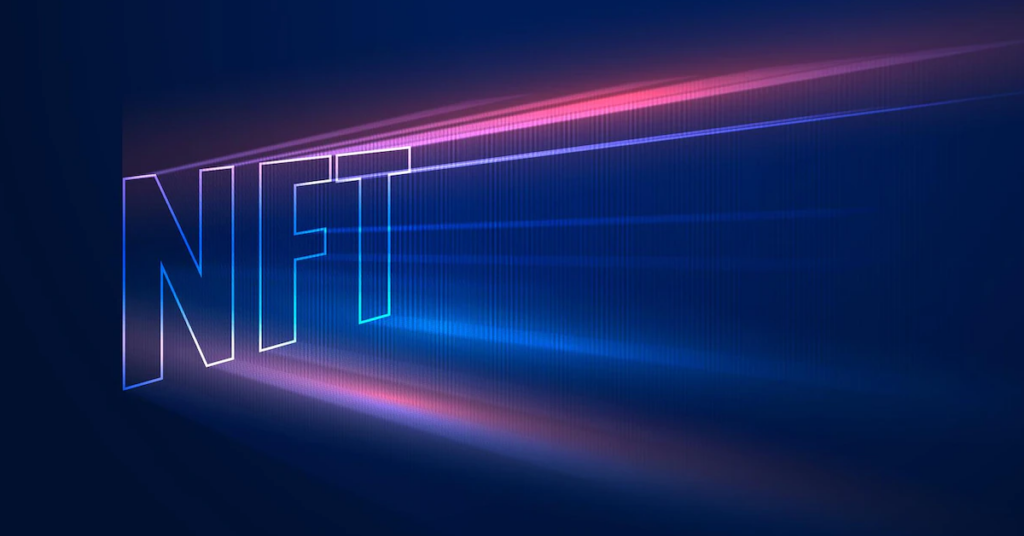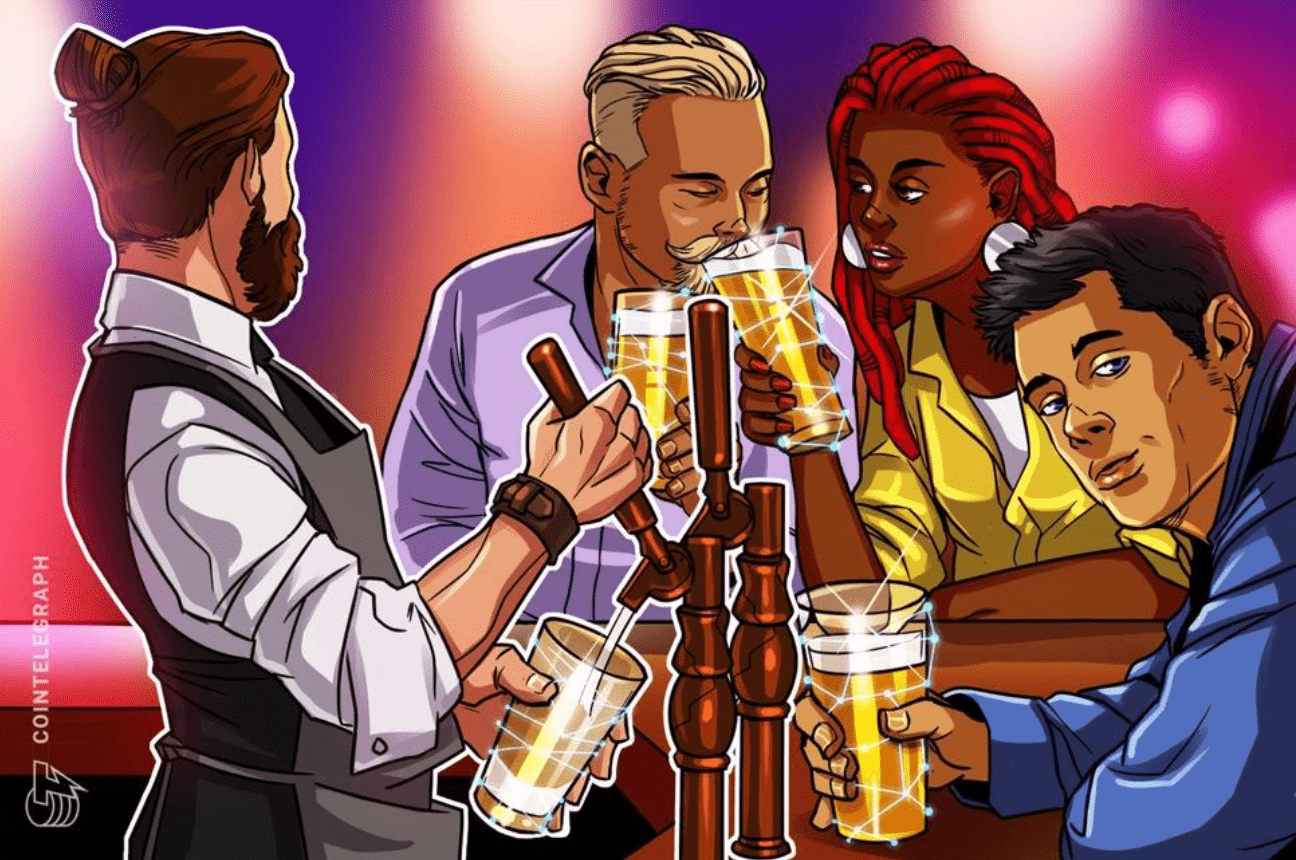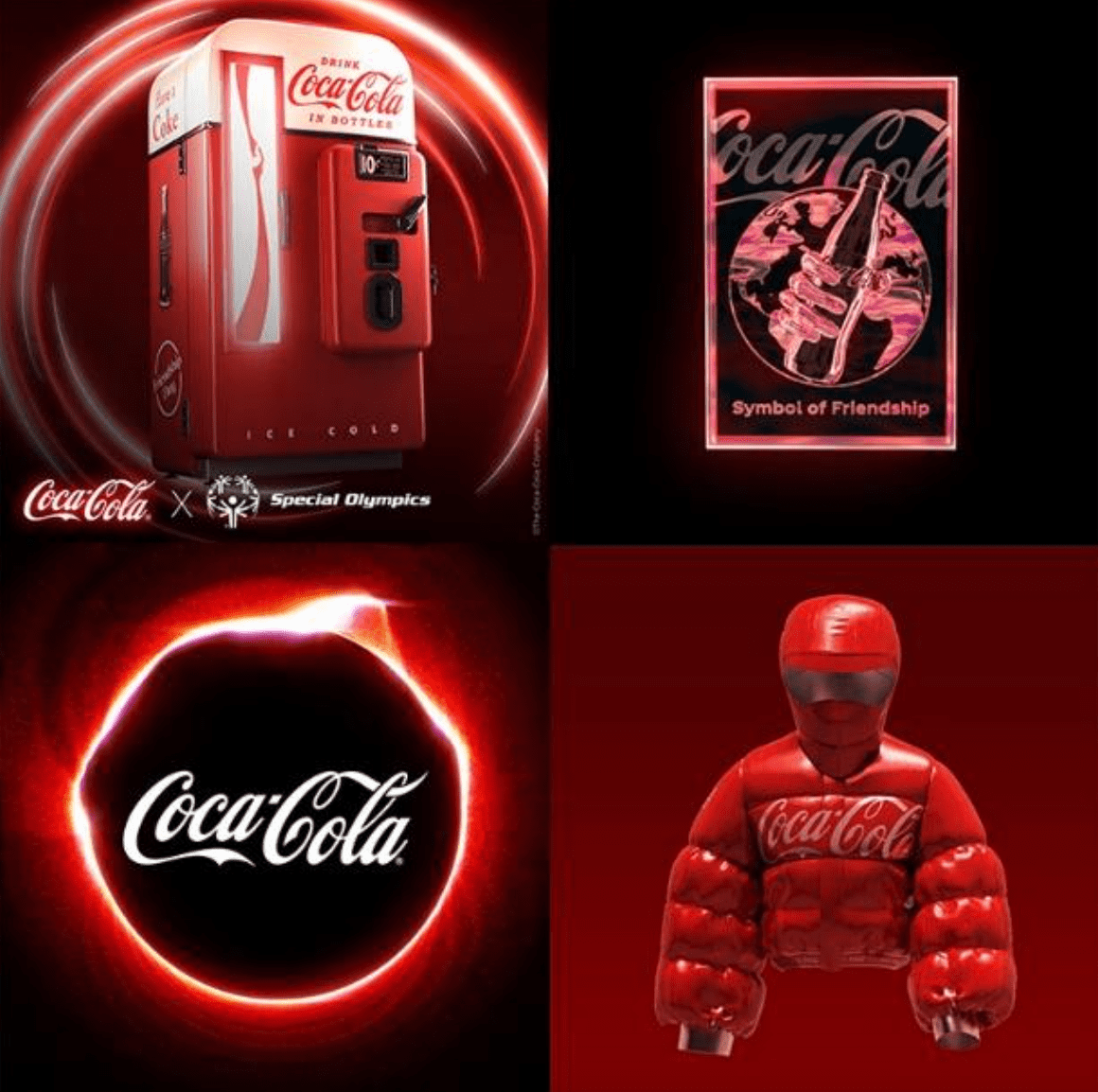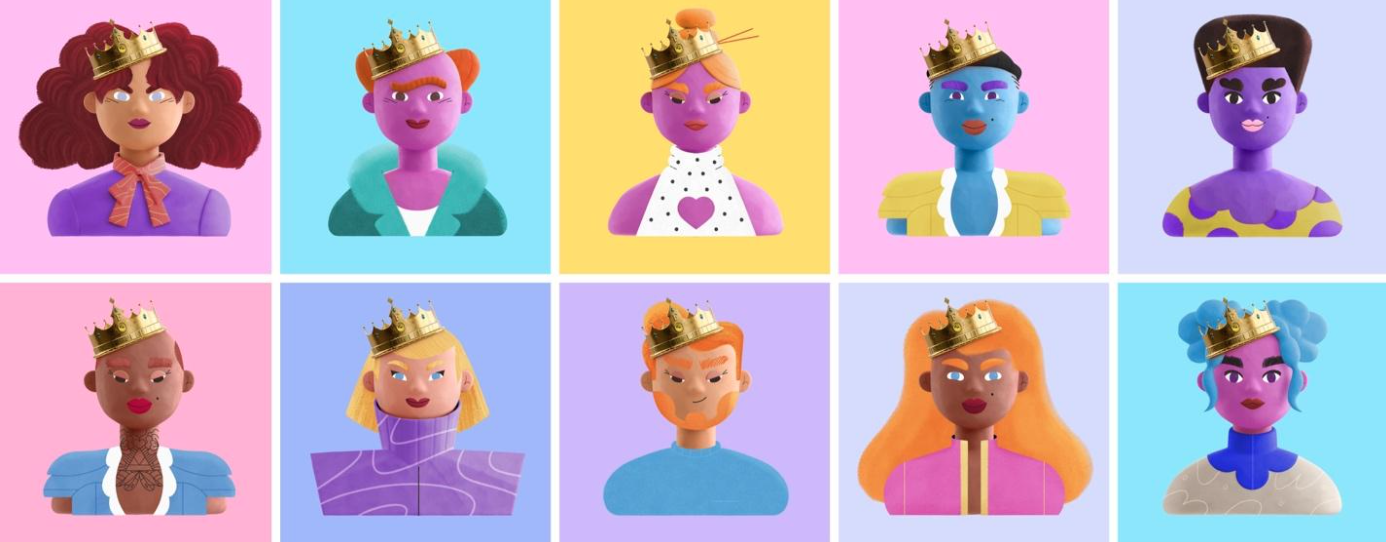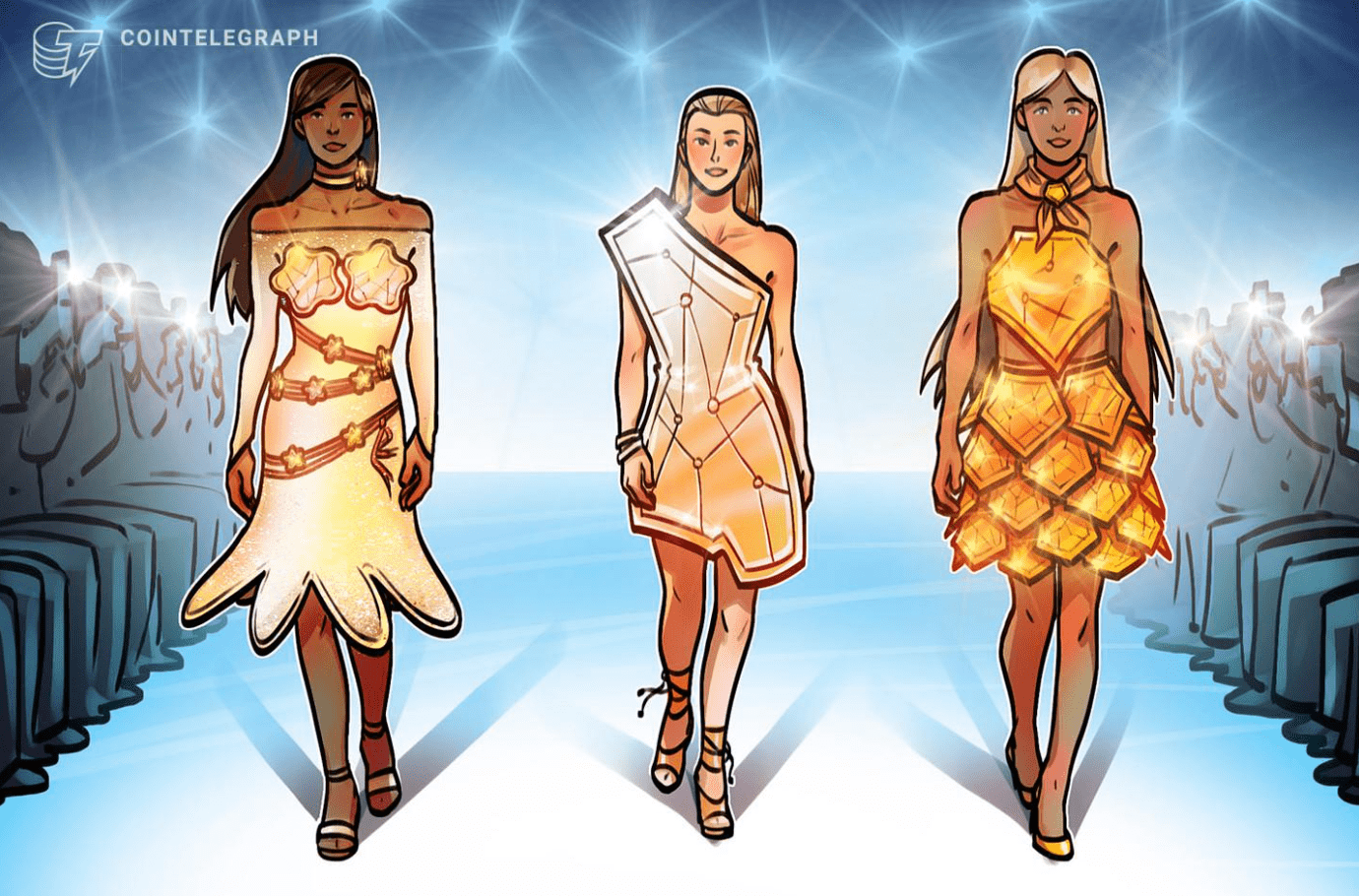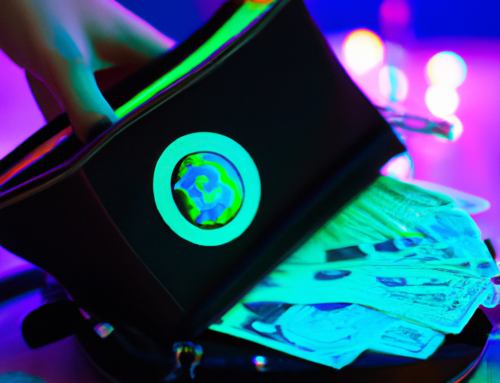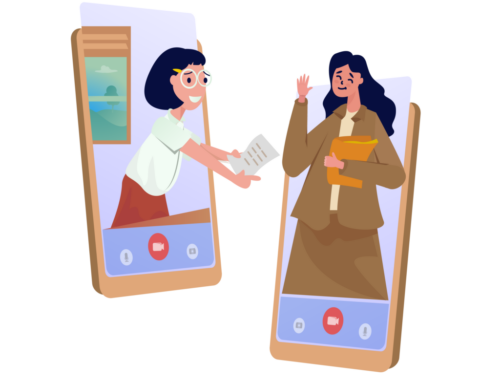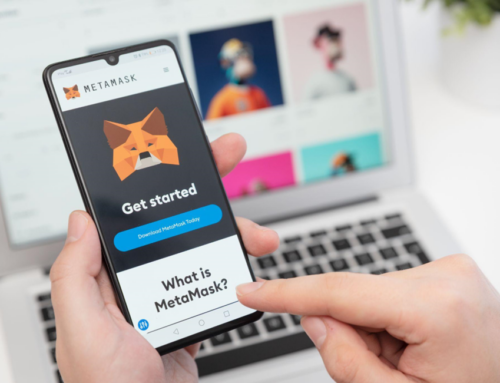Motivating a prospective customer to advance from awareness to becoming a repeat customer and a brand advocate can be challenging. Modern CMOs and brand marketers know that the buyer’s journey rarely follows a straight line directly to Purchase. For the busy consumer in a competitive market, there are often distractions and delays. Nonetheless, the marketer’s brand strategy must help potential customers better understand their own needs while also positioning the brand as the solution. Reminding, reinforcing, and re-engaging are vital marketing tasks along the way.
Every prospect progresses through a series of stages along the buyer’s journey. Even an impulsive purchase of a pack of chewing gum involves awareness and consideration, even if in an instant of time. The purchase of a luxury handbag, jewelry, or a car probably involves a longer journey.
Examining the Buyer’s Journey
The stages of the buyer’s journey include:
- Awareness
- Consideration
- Purchase
- Retention
- Advocacy
When someone wants to buy your brand, they don’t just wake up and decide to buy. Instead, they transition through a series of actions that move them closer to becoming a customer. Even one’s impulsive purchase of a pack of gum in a convenience store involves Awareness and Consideration, albeit likely in a moment. The purchase of a luxury handbag, jewelry, or a car involves a longer journey.
Let’s examine each of these stages to better understand how NFTs can play a role in advancing the process.
Stage 1: Awareness
In the awareness stage, buyers become aware of the desire or need they face. This is the customer pain point, and they may seek a resolution to that pain. The marketer’s goal is to help the buyer identify that desire or need, motivate them to take action, and help them recognize that your brand could be the solution.
A brand’s NFT drop can increase interest levels in the brand overall. Marketers should ensure that their NFT projects are not perceived by customers as a trendy stunt. Instead, the emotional appeal of the NFT should stem from the brand’s core values and positioning.
Increasingly, many startup brands are dropping NFTs in Kickstarter-style campaigns with the goal of raising funds for new product launches. MetaBrewSociety used the funds raised from its NFT drop to acquire a brewery. NFT holders were rewarded with benefits such as free beer from the brewery each year. Holders also have a voice in how the brewery operates and how it should price its products. This novel NFT drop generated significant Word of Mouth among influencers, in addition to widespread earned media for a beer brand that had barely been launched.
Awareness of NFTs in Today’s Market
93% of Americans are already aware of NFTs, skewed at the moment toward the 25–34 age group, but knowledge of NFTs continues to expand to Baby Boomers and Gen-Xers. In addition, Generation Z is growing up with a keen awareness of the metaverse and all that may be offered in the future digital space.
Stage 2: Consideration
When Coca-Cola entered the NFT game, it made headlines. Coke strategically scheduled their NFT launch to coincide with International Friendship Day as part of a charity auction. Gucci, Adidas, and Lamborghini have also leveraged similar opportunities for hype while launching their NFTs.
Identifying the NFT with the brand’s purpose will also increase engagement and consideration, especially amongst customers who are aware of your brand but are currently engaging with the competition.
While deciding on a brand, a consumer may rely on social proof and the opinions of others. A brand that has an NFT associated with it is often seen as more modern and forward looking.
Stage 3: Purchase
Forbes magazine recently dropped its NFT collection called Forbes Virtual NFT Billionaires. These tokens are of fictional, virtual investors. Subscribers who sign up for an annual plan get access to minting NFTs. Because current Forbes subscribers also receive a complimentary NFT from the publisher, this incentive was powerful enough to convince many to subscribe for an entire year.
Stage 4: Retention
The best NFT drops appeal to a clear audience and offer intrinsic value beyond their price. Recently, Gucci announced that it will accept ApeCoin as a form of payment in select US stores. Also, LVMH’s Tiffany & Co. announced its launch of its “N-F-Tiffs,” which are collectible passes that can be redeemed by owners of CryptoPunk NFTs for a custom jewelry piece. Clearly, customer benefits like these extend far beyond the status of novelty or gimmickry. Instead, they add value to the shopping experience, which further enhances engagement and retention.
Louie the Game is another example. It introduced Louis Vuitton to a whole-new audience of young people through an engrossing game while also bringing them into the brand legend of the company’s founder, in conjunction with Vuitton’s 200th birthday. Though not specifically aimed at generating sales for the brand’s clothing and accessories line, the game has been purposely positioned to secure brand awareness among the Gen Y and Z crowds.
The more that NFTs are minted and sold, the larger the engagement database grows. For NFT purchasers who enter into a direct relationship with the brand, they can be offered exclusive sales and benefits. Non-purchasers are still exposed to the modern message that NFTs embody. And that helps the brand stay relevant and engaged. Both communities contribute to the overall brand capital.
Stage 5: Advocacy
Luxury brand Hermès is planning significant investment in NFTs, cryptocurrencies, and the Metaverse and has filed for trademarks for “retail store services featuring virtual goods.” It is also planning fashion and trade shows in “online virtual, augmented or mixed reality environments” and for “providing an online marketplace for buyers and sellers of virtual goods.”
Conclusion
Blockchain technology will become increasingly mainstream in brand marketing. The NFT market is projected to be worth $3.5 trillion by 2030. By starting to incorporate NFTs into their messaging architecture, brands can subtly alter their positioning and image to embrace the coming generation of customers, and by using NFTs at each stage of the buyer’s journey, they can keep continuously rejuvenating their bonds with the consumer.

